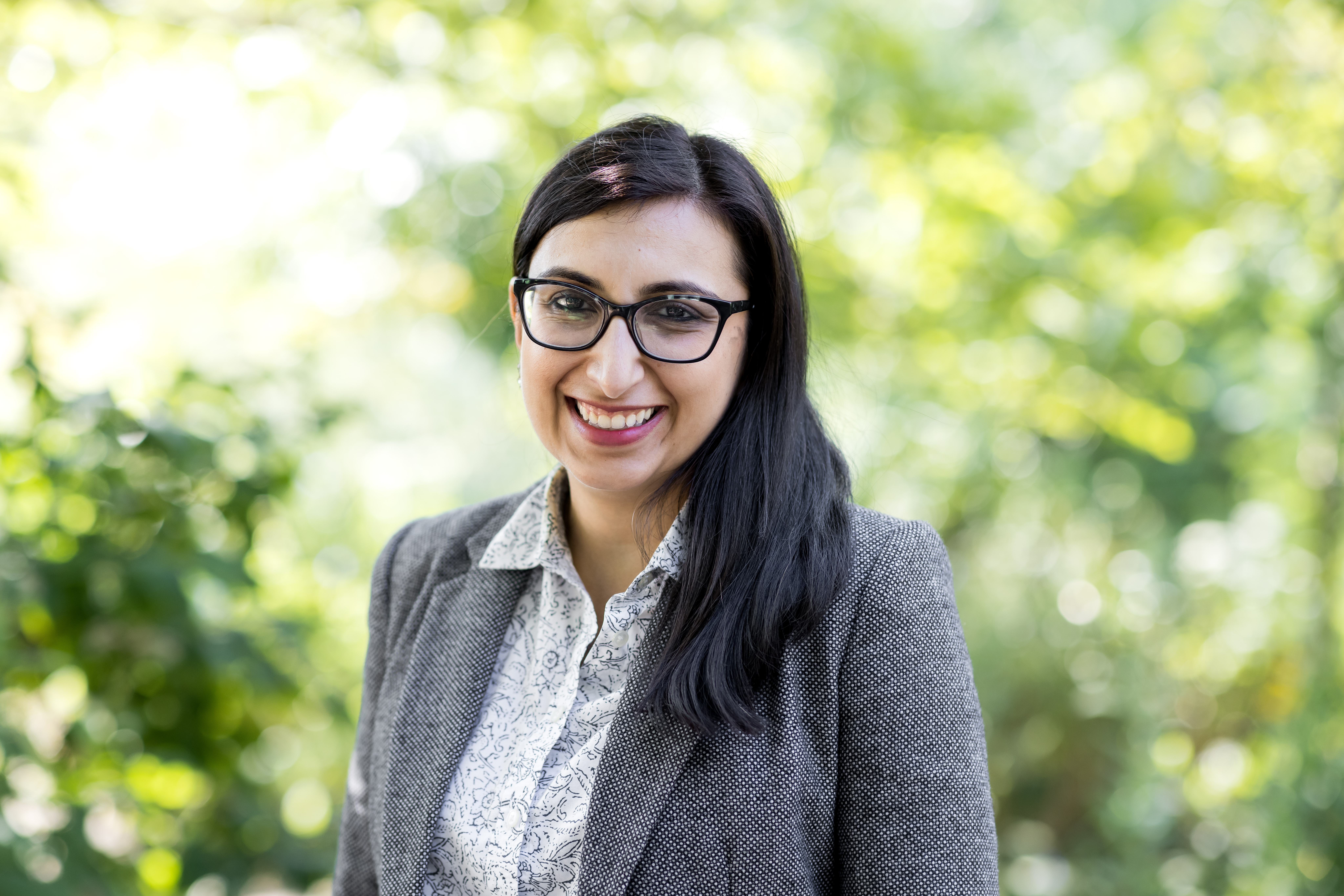
3 minute read
Expanding Your Personal Universe
Learning about diversity, equity and inclusion is not a spectator sport
By Dr. Jennifer K. Shah, Assistant Professor of Education
Issues of equity are central when it comes to education. You cannot teach who you do not know. I believe that all educators should center equity and inclusion when it comes to their formal and informal curriculums, including the hidden curriculum. The formal curriculum must include the voices and stories of all while the hidden curriculum needs to reflect that we respect all. To work towards that, educators must start by looking inward. To build self-awareness in my EDUC 411 class, “Equity and Access in Systems of Education,” I use many exercises; here are two that I find most impactful.
The first is called, “How diverse is your universe?” In this exercise, colored beads — green, purple, orange and blue — represent people of various races or ethnicities, and students fill a plastic cup with beads that identify people in their life, such as family members, friends or colleagues. Students then discuss if they expected more colors in their cup and what they can do to interact with people directly or indirectly from other groups, or what author Justin Jones-Fosu would call “your everyone else” not found in your current cup.

The second activity was adapted from Fosu’s book “The Inclusive Mindset,” where he challenges the reader to take six months to learn about a particular topic related to diversity and equity that they want to know more about. I ask students to do the same and encourage them to cultivate a habit of starting a new sixmonth challenge each time they finish one. You might try this, too.
My favorite memories of EDUC 411 are when students have either lost themselves or found themselves — or sometimes both — during the semester as they experience “ah-ha” moments regarding their own personal stories or social identities that result from digging into these types of activities. Sometimes, they connect more with their racial identities and understand further what it means to be a person of color. Sometimes they connect to past microaggressions and identify them as such.
We all have implicit bias. I believe that it is important for each of us to be selfreflective when our stereotypes or biases begin to play a role in our thoughts, actions, and most importantly our decisions. We will never be totally free of bias, but being more aware of it helps us to catch ourselves in those moments and possibly correct course.
What I often see in EDUC 411 is critical transformative learning, which is ultimately my goal when I teach these topics. Reactions to the course vary and include an array of emotions as students question what they thought they knew or were socially taught to believe, consciously or subconsciously.
Oftentimes, the unlearning is much harder than the learning. I believe that EDUC 411 gives students a deeper sense of their own social identities and the space to wrestle with their past in an effort to create a more equitable future.

ABOUT THE AUTHOR
Dr. Jennifer K. Shah teaches the introductory course as well as the equity and access course for the undergraduate teacher preparation program at North Central. Her research focuses on critical literacy and social justice initiatives in education. She has partnered on projects as an educational equity consultant with Naper Settlement and Naperville Public Libraries in addition to Indian Prairie School District 204, which awarded her the Saily Joshi PDAC Award for Equity in 2023.










